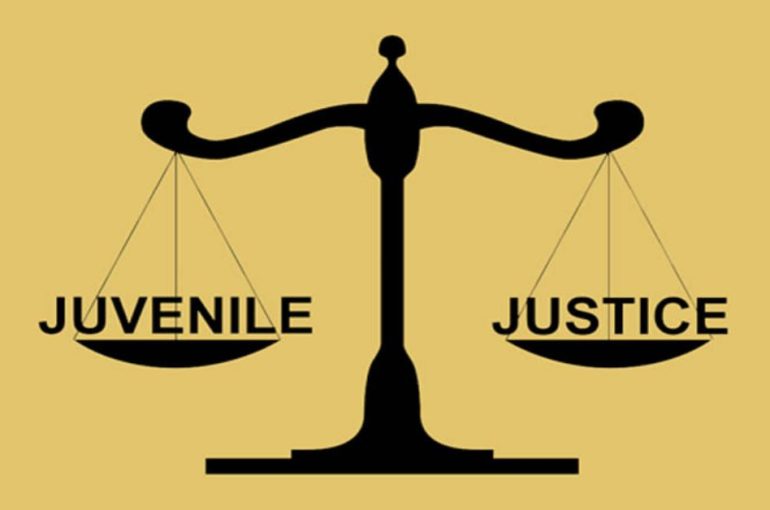THE LONG WAIT FOR JUSTICE: JUVENILITY AND THE SUPREME COURT’S COMPASSIONATE CORRECTION

INTRODUCTION
In Hansraj v. State of Uttar Pradesh [Writ Petition (Crl.) No. 340 of 2025], the Supreme Court of India (Bench comprising Justice Dipankar Datta and Justice Augustine George Masih) delivered its Judgment on 9 October 2025, invoking its extraordinary jurisdiction under Article 32. The case revolved around the Petitioner, a murder convict, who had been in custody for more than three years despite being a juvenile at the time of the offence. The Court’s ruling reaffirmed the principle that the right to life and liberty under Article 21 extends to all, including those convicted of crimes, and that procedural safeguards under the Juvenile Justice framework must be scrupulously observed.
BRIEF FACTS
The Petitioner, Hansraj, was convicted for an offence committed on 2 November 1981, when he was only 12 years and 5 months old. The Sessions Court at Sultanpur, by its Order dated 16 August 1984, had convicted him along with co-accused under Sections 302/149, 147, and 148 of the IPC. Recognizing his minority, the court directed that he be sent to a children’s home under the Children’s Act, 1960.
While his co-accused were sentenced to life imprisonment, the Petitioner was given a chance to reform. However, the Allahabad High Court later acquitted all the accused in 2000. This acquittal was reversed by the Supreme Court in 2009, restoring the conviction and sentence. Hansraj absconded thereafter and was arrested only in May 2022, after which he remained in custody for nearly four years.
ISSUE OF LAW
The primary legal issue before the Court was:
Whether a person who was a juvenile on the date of the offence can claim the benefit of the Juvenile Justice (Care and Protection of Children) Act, 2000, even after final disposal of his criminal proceedings and subsequent incarceration?
ANALYSIS
The Court examined the applicability of Section 7-A of the Juvenile Justice (Care and Protection of Children) Act, 2000, which allows a claim of juvenility to be raised at any stage—even after final disposal of the case. Relying on constitutional and statutory precedents such as: Pratap Singh v. State of Jharkhand (2005) 3 SCC 551, Dharambir v. State (NCT of Delhi) (2010) 5 SCC 344, and Vinod Katara v. State of Uttar Pradesh (2023) 15 SCC 210, the Court underscored that the protective intent of juvenile justice legislation must extend retrospectively, covering offences committed before the law came into force.
The Bench also highlighted that the 1960 Act did not prohibit post-conviction relief for a juvenile and that legislative developments from 1960 to 2015 reflected a consistent parliamentary intent to protect the reformatory rights of children in conflict with law. The Court observed that Hansraj had already undergone incarceration exceeding the maximum permissible period of three years under Section 15(1)(g) of the 2000 Act, rendering his continued detention unconstitutional.
Justice Datta, writing for the Bench, emphasized that the denial of liberty beyond the statutory limit violates Article 21, and that the Petitioner’s case presented a clear breach of the right to life and personal liberty, warranting immediate relief.
CONCLUSION
The Supreme Court allowed the Writ Petition and directed Hansraj’s immediate release, holding that his continued detention was illegal. The ruling serves as a poignant reminder that the humanitarian principles underlying juvenile justice must not be lost in procedural rigidity. It also reinforces the judiciary’s role as the ultimate guardian of constitutional liberties, ensuring that even delayed justice restores dignity and fairness.
Through this Judgment, the Court not only corrected a long-standing miscarriage of justice but also reiterated that the criminal justice system must temper punishment with compassion, especially where the accused was a child at the time of the offence.
SARTHAK KALRA
Senior Legal Associate
The Indian Lawyer & Allied Services
Please log on to our YouTube channel, The Indian Lawyer Legal Tips, to learn about various aspects of the law. Our latest video, titled “Legal Requirements for Indian Startups| Complete Q &A 2025 | Advocate Sushila Ram Varma”





































Leave a Reply